Ask a hundred longtime bloggers about the most important part of starting a successful blog, and I guarantee many will tell you that it was “niching down!” Though tricky, defining a niche for your food blog is a must!
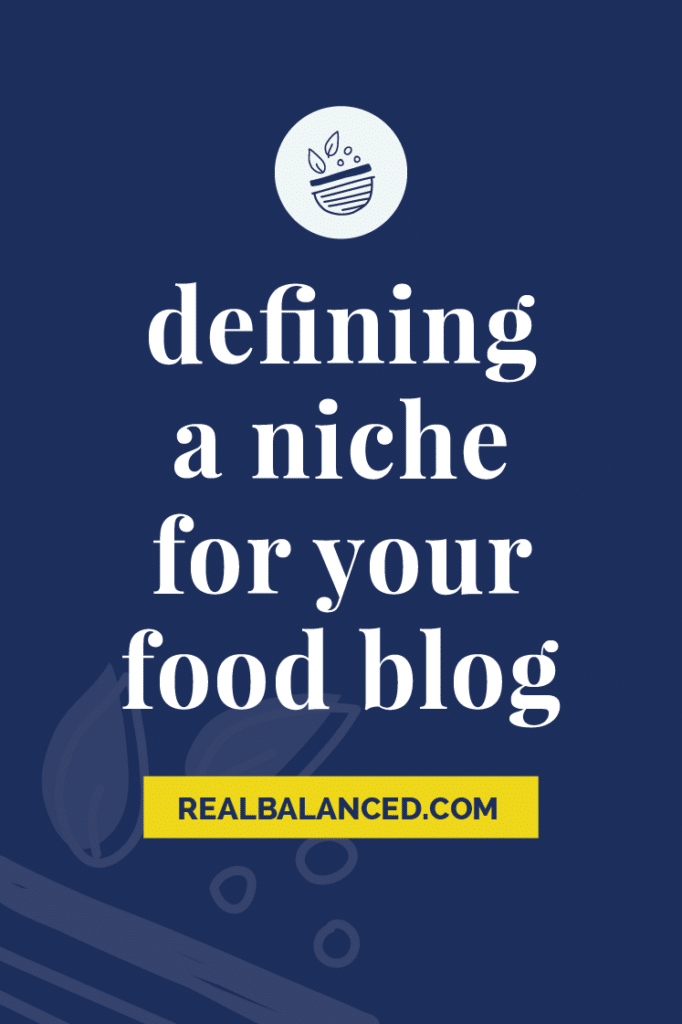
Sure, the concept of starting a blog is easy, but actually deciding what to focus on is much more difficult than people realize. The thing is, whether you want to believe it or not, you need a niche in order to truly corner the market and make your blog successful.
I provide a lot of insight into food blogging, such as how to start a profitable food blog and what to know before launching your food blog, and now I want to help you with niching down. My hope is that these tips will make the process of getting your site up and running a simple and smooth one!
You NEED to define a niche for food blog and stick to it
People need to know what your blog is all about. When your blog is focused, readers know what to expect.
They trust that you’re a reliable resource in your field, and they know they can come to you for answers to their industry-specific questions.
When it comes down to it…
If you talk about everything, you’ll be known for nothing.
If you want to have a general lifestyle blog that includes ALL OF THE THINGS, it is possible to gain a following, but it’s going to be a lot harder than someone who, for example, has a vegan baking blog.
Using the vegan baking blog as an example, after a short time, you will be recognized as a vegan baker and someone who can be trusted in this arena.
Google prefers experts in their field. By niching down, you very clearly tell Google what your blog is all about.
Work hard to display your expertise in every post that you publish to your site, and you’ll reap the benefits of this with search engines.
My advice is simple: be ultra specific, especially in the beginning. Once you gain some traction, you can expand.
Take it from me… My site is focused on nut free keto recipes and, after over two years, I’m just now expanding to talking about other topics like maternity and business.
Easier to monetize a niche food blog
Rather than talking about everything, if you focus on one particular topic, you will monetize much quicker.
Of course, you can always throw Google Ads on your site, garner minimal traffic, and (maybe) make $30 a month…
But, doesn’t it sound SO MUCH BETTER to have a niche food blog that people come back to over and over again, gaining you more traffic and thereby more affiliate income and ad income from a reputable ad agency?
The main strategy for monetizing your niche food blog should be through your email list.
Create a lead magnet that directly correlates to your blog topic and promote that free resource all over your site. People will sign up to receive this free offer. Then, you will send them emails about all of your new content that is directly related to that lead magnet they already opted-in for.
Ensuring your lead magnet is related to your niche blog content is essential. The people who opt-in for that resource are outright telling you that they are interested in what you are offering, so be sure to create a resource that aligns with your niche. Then, publish and promote those posts to your email subscribers and watch the traffic flood in!
If you need help with building your email list, take a look at this post where I talk all about email list growth strategy for bloggers.
How to create a niche food blog and own that space
No matter the topic or industry you choose, focus on showing your readers that you’re an expert on that topic.
Write a lot about it on your site, on social media, and in emails. Try to get guest spots on podcasts in order to talk in deeper detail about the topic to garner an even larger audience.
Basically, shout your expertise from the rooftops. Make it so prevalent that readers will remember you as an expert within your industry and return to your blog for insight.
Food blog niche ideas and how to pick your blog niche
There are A LOT of food niche ideas out there, but you should focus on something that you LOVE. Are you a fan of easy, minimal-ingredient dinners? Focus on that! Have a HUGE sweet tooth? Make and share allll of the desserts!
Remember: the more specific you can be, the better.
Here are some food blog niche examples to get the creative juices flowing:
- Nut-free keto recipes (that’s what Real Balanced is!)
- Vegan baking
- Whole30 on a budget
- Instant Pot recipes for the family
- Latin-inspired paleo recipes
- Wine pairings
- Minimal-ingredient dinners
- Meal prepping for students
If you’re wondering what the best profitable niches are, I would venture to say that they’re topics that are highly popular for ongoing periods of time, like low-carb, vegan, and quick meals (such as 30-minute meals, or something similar).
Make a list of topics you can consistently talk about to niche for food blog
You may be wondering exactly how narrowing down a niche for food blog is actually possible.
Here’s how you can do it:
Once you have some niche ideas, you then have to pick just one. My advice is to narrow it down to three potential options. Then, make a list of topics that you can discuss within each niche.
Which one comes with the most ideas? You’ll want to choose a niche filled with a significant variety of topics so that you’ll be able to produce content on a regular basis. Basically, you don’t want something that limits recipe and post ideas.
Some questions to ask yourself:
- Are you passionate about it? Talking about your topic shouldn’t feel like work; it should flow naturally! You should be excited and eager to share your insight with your audience.
- One year from now, will you still want to talk about this topic? This topic should have you furiously writing down post ideas! The topics should flow naturally. If you don’t see yourself wanting to write about a specific topic in the long run, don’t choose it.
- Are people looking for that topic online? Research your niche idea and use Google Trends to determine its popularity. You want to be writing about something that people are actually searching for.
- Can you make money from it? Find related blogs and see if and how they’re making money. Are there any affiliate programs in which you could take part? Are there digital products you could sell down the road that relates to your niche?
If you chose a niche and answered “yes” to all of these questions, you’re golden. You have your blog topic!
Stay on topic
When opportunities roll around, especially those that provide revenue, it can be tempting to always say “yes.” However, to stay focused and adhere to your niche, you’ll want to make sure you stay on topic and stay on brand.
Often, this will mean saying “no” to brands that reach out to you. If you’re a keto recipe blogger and an overnight oats company reaches out to you multiple times (this exact situation happened to me), say “thanks, but no thanks.”
The reason being is that oats are high in carbs and promoting an oat-based product to my low-carb audience wouldn’t make any sense whatsoever; more than that, it would greatly reduce or altogether eliminate my credibility. It would be clear to my audience that I was solely promoting that overnight oats brand purely because they were paying me. Just NOT a good idea.
Pass on unrelated products and opportunities and stay focused on your dedicated niche. The more focused you remain, the more niche-specific opportunities will roll your way!
Evaluate your messaging
So, now you have your niche! Congratulations.
Be sure that you evaluate your messaging across your website and social media channels. Everything should be consistent and your niche should be clearly stated. People need to know who you are and what you’re about, so tell them!
Stand out amongst all of the blogs that are out there.
My final tip is to stand out amongst all of the blogs that are out there. Figure out what’s missing, and fill in that gap. Provide readers with true value, and remember to engage with them!
By being ultra specific and really digging deep, you’ll be offering value to your readers. That’s the best thing you could possibly provide them!
What’s your food blog niche?
Tell me in the comments below!
Unsure? Comment below and I’ll help you to narrow it down!
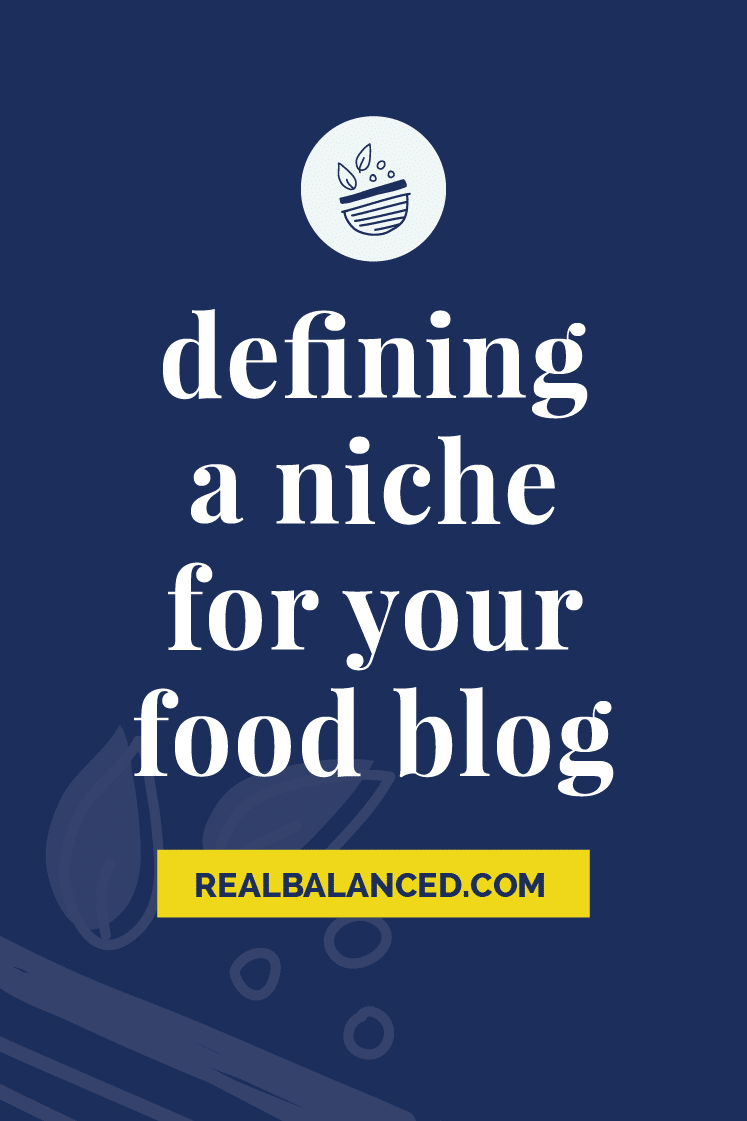



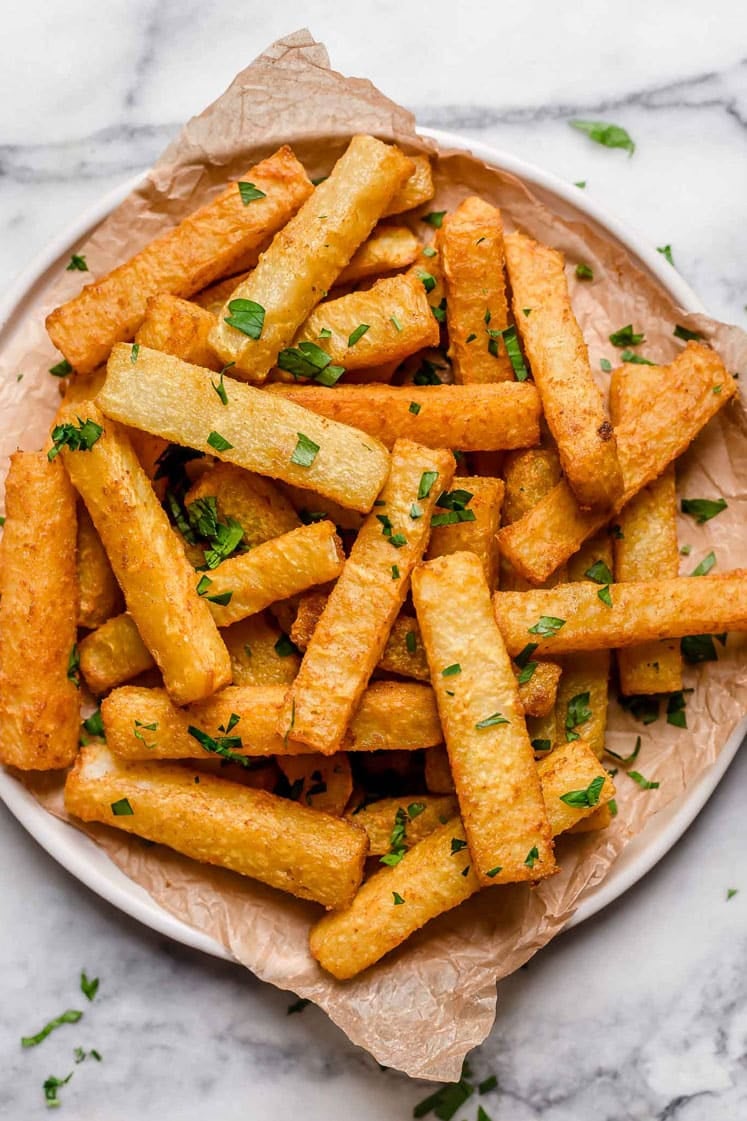
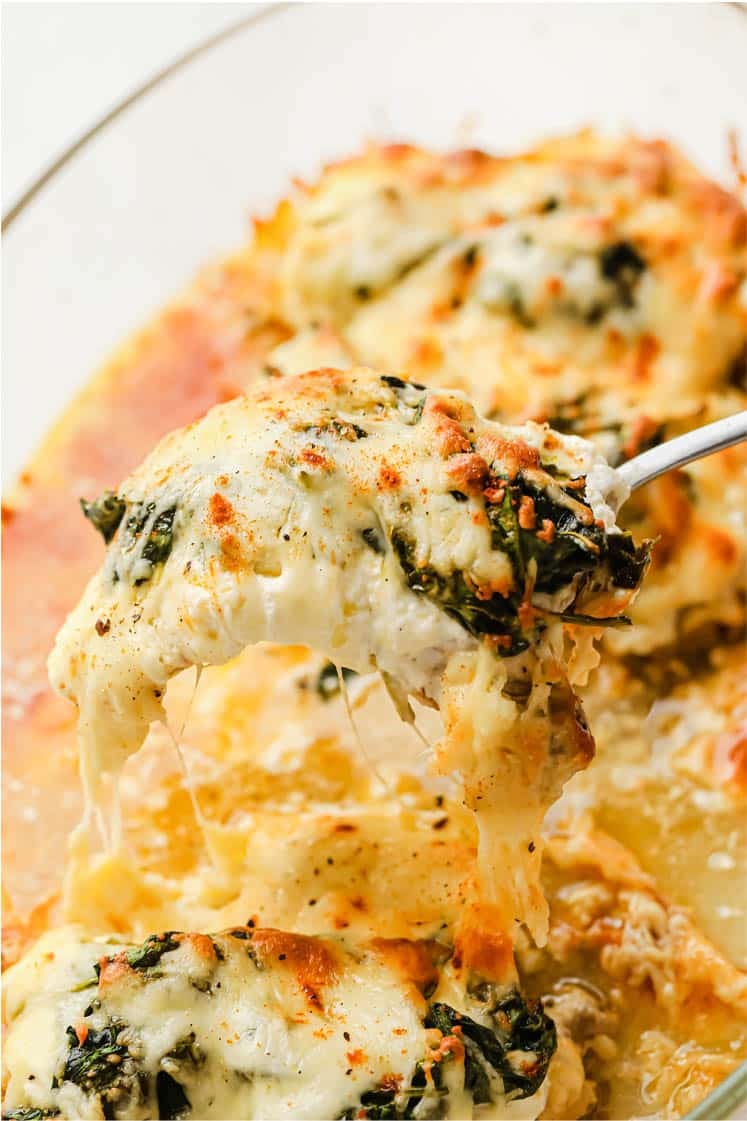
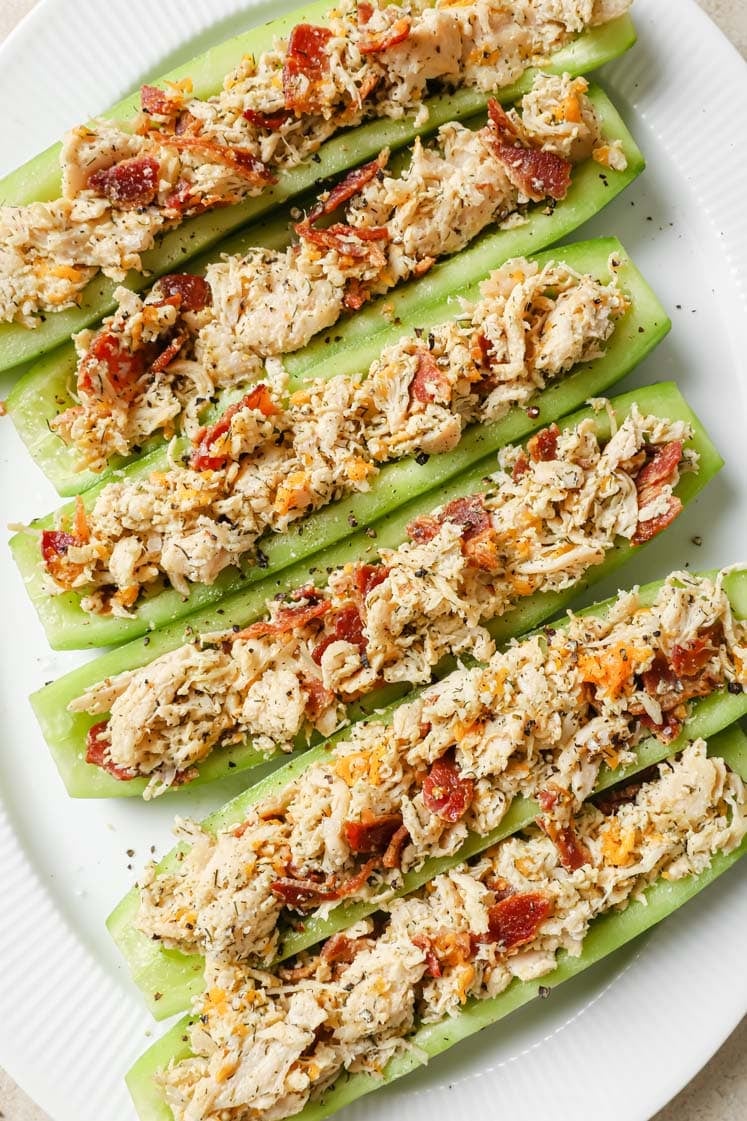
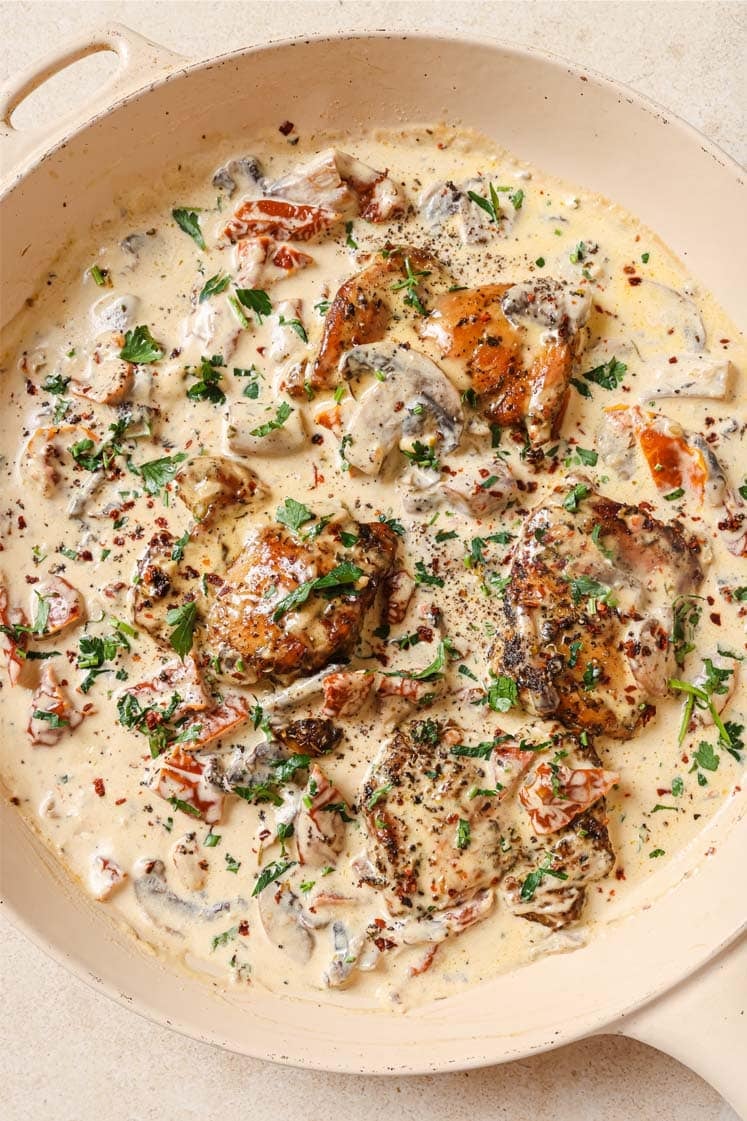
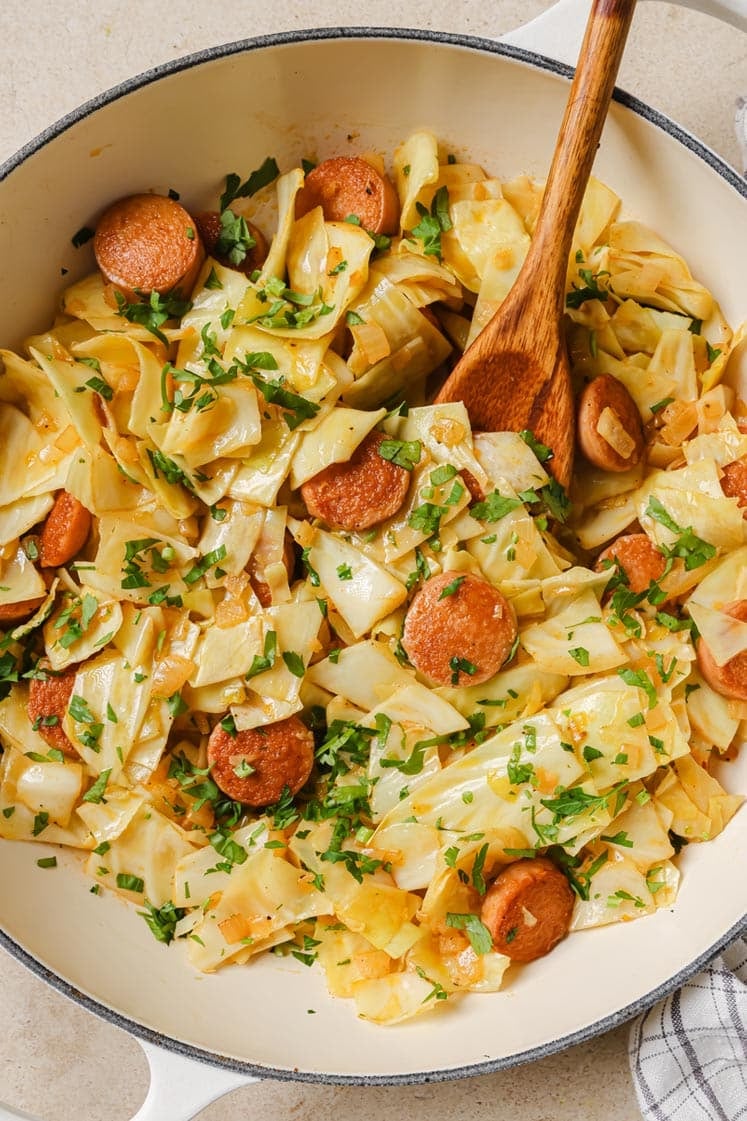
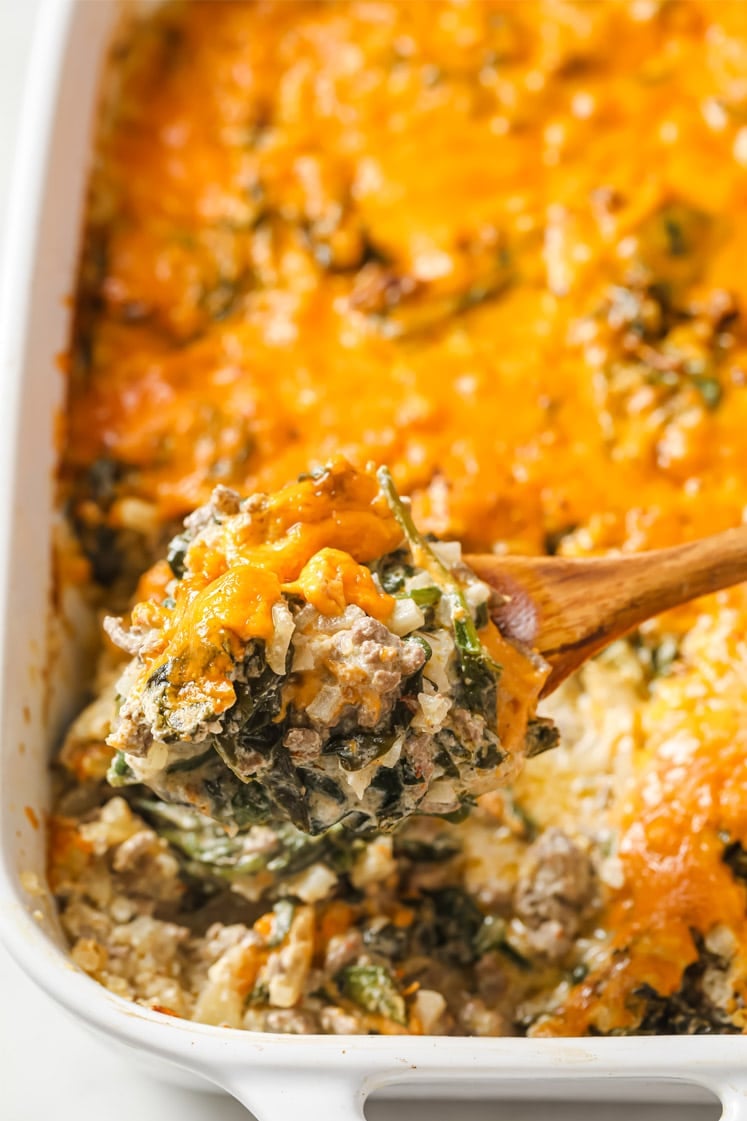
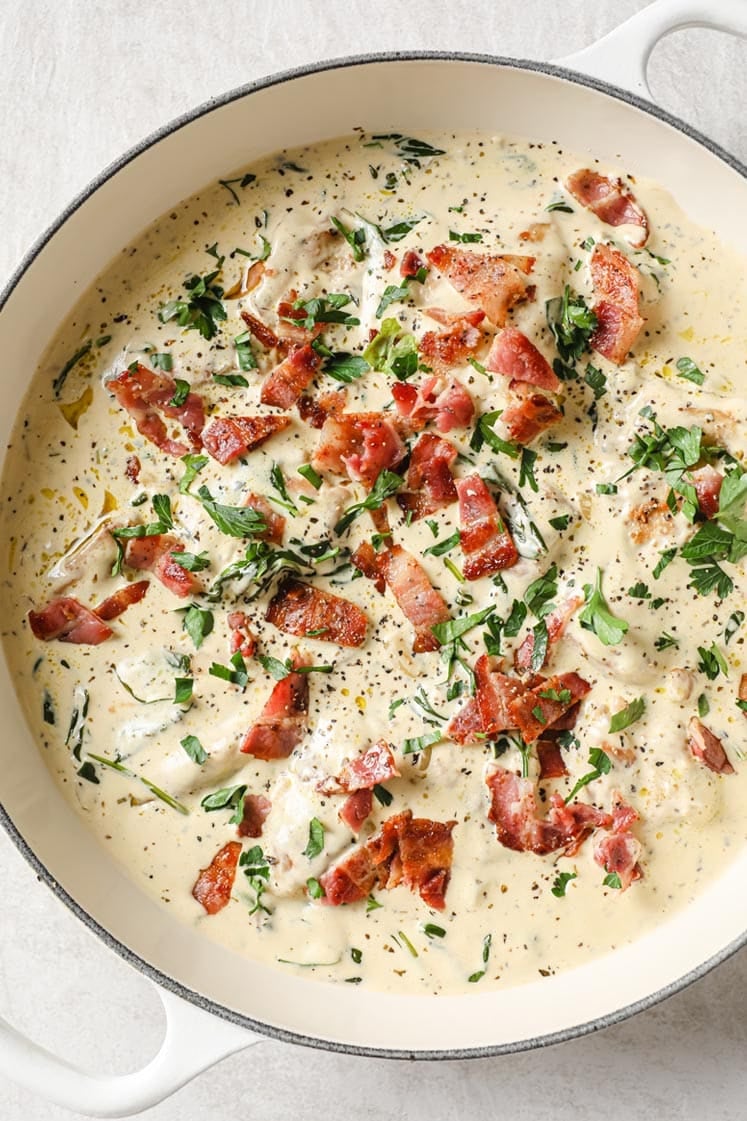
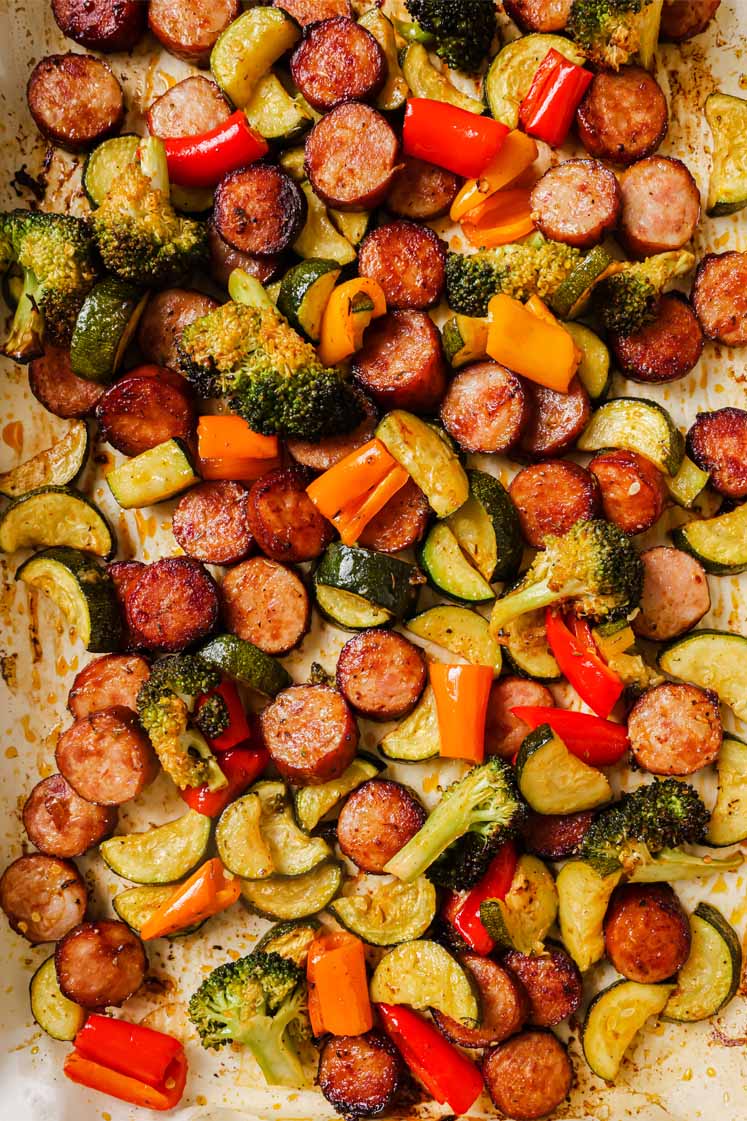
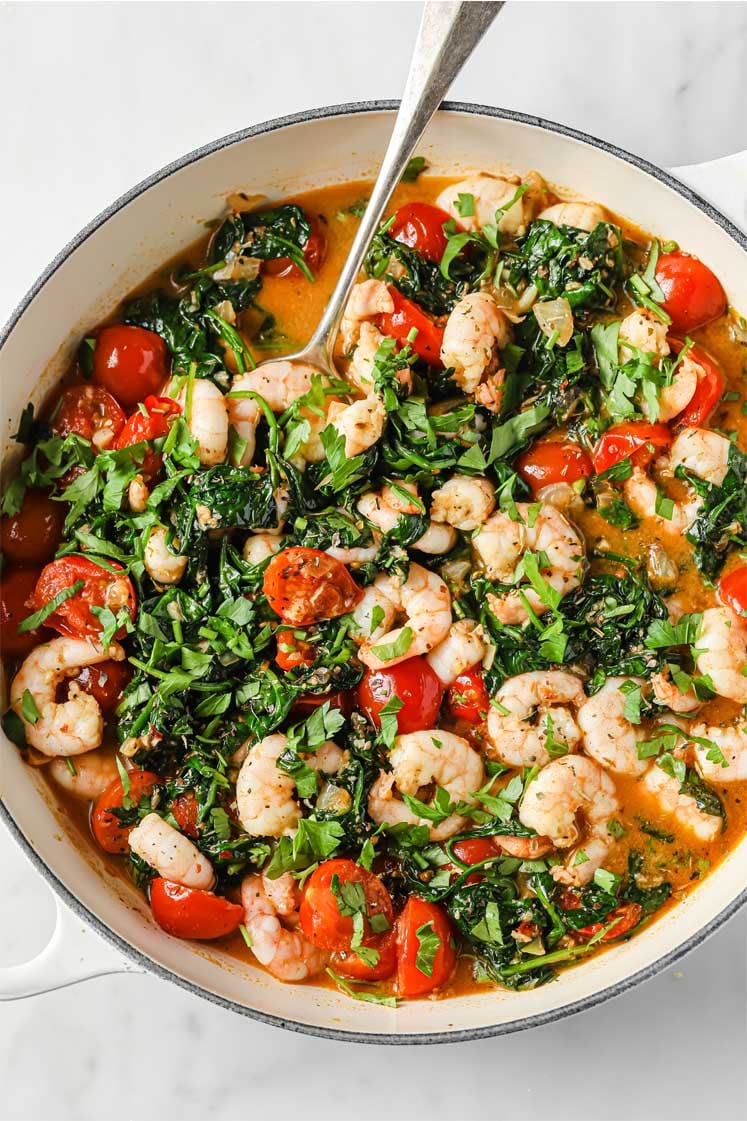
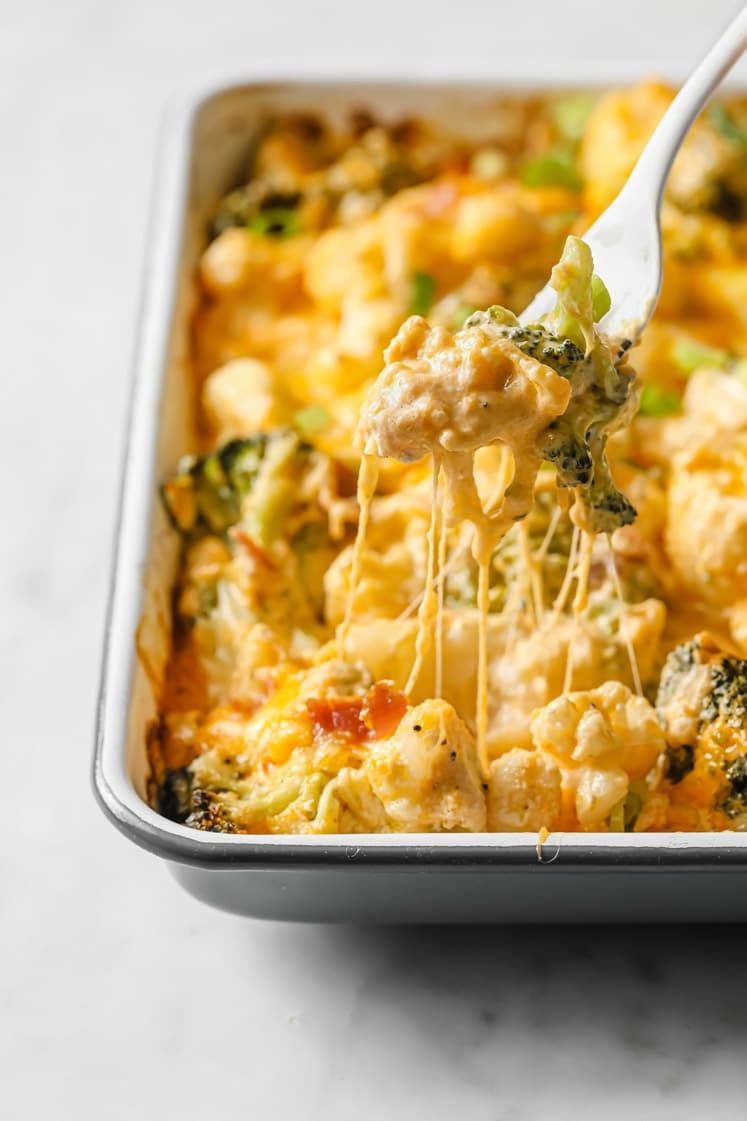
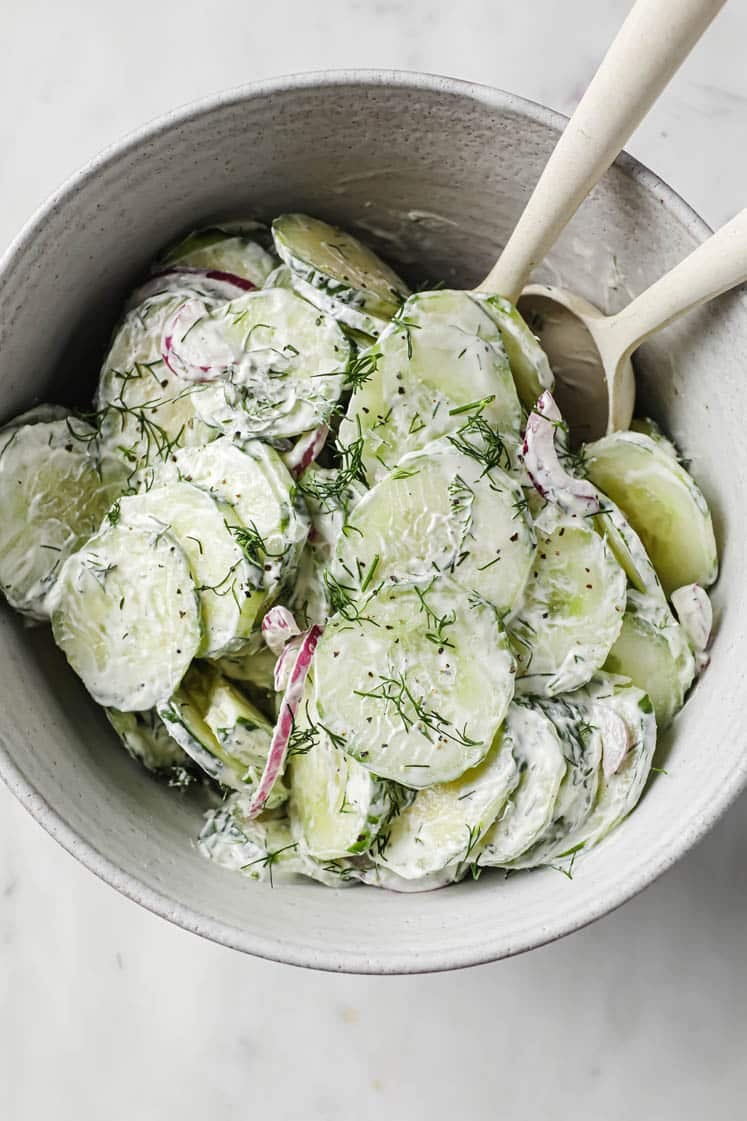









Leave a Reply